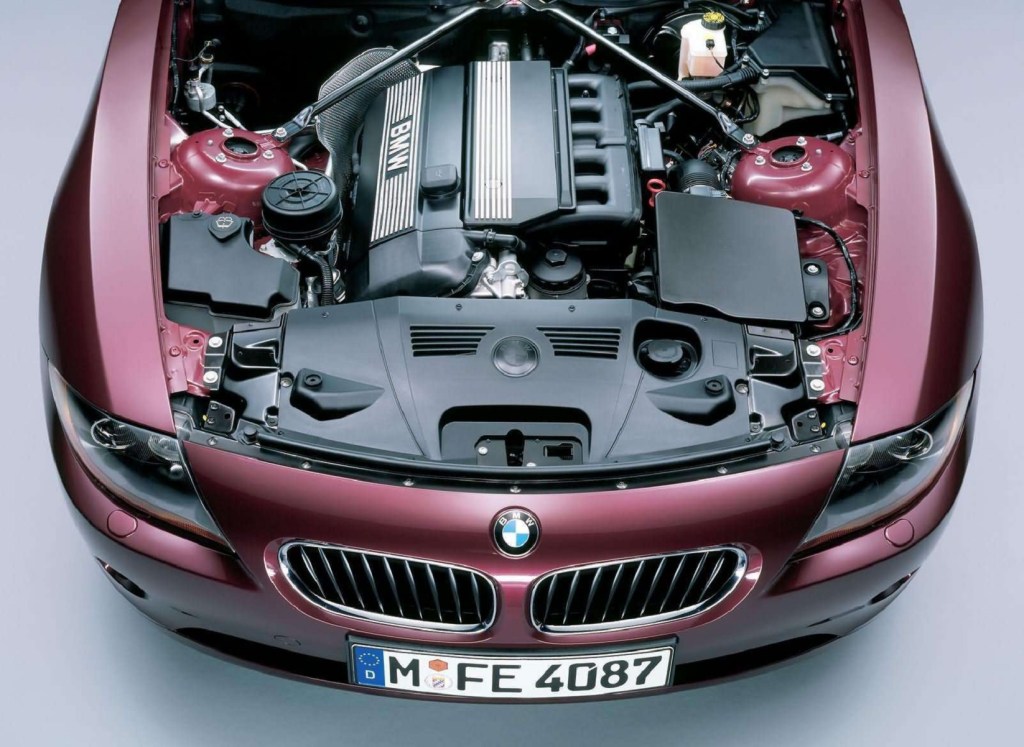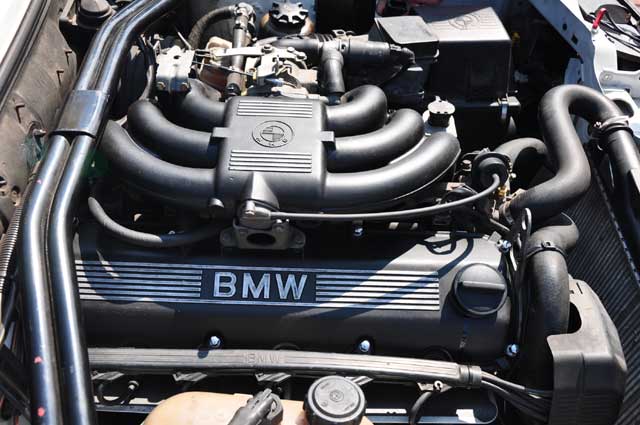Exploring the Development of Burning Engines in Modern Transport Systems
As we navigate the landscape of modern transportation, the evolution of combustion engines stands as a testament to human ingenuity and design expertise. From their simple starts to the advanced powerhouses thrusting lorries today, burning engines have actually undertaken an impressive trip of technology and adjustment. Recognizing the ins and outs of this development not only sheds light on the past but also leads the way for imagining what exists ahead in the world of transport innovation. The interplay of history, technology, and ecological worries fit the trajectory of combustion engines develops a story that is both compelling and insightful.
Early Beginnings of Combustion Engines
How did the principle of burning engines first arise in the beginning of transport development? When the concepts of internal burning were first discovered, the roots of burning engines can be traced back to the 17th century. In 1673, Christian Huygens conceived a basic inner combustion engine that utilized gunpowder to generate power. Nevertheless, it wasn't up until the late 19th century that useful applications of burning engines in transportation started to emerge.
The breakthrough moment featured the invention of the very first effective gasoline-powered engine by Karl Benz in 1885 - bmw engine. This engine led the way for the growth of the modern-day automobile, reinventing transport systems worldwide. Succeeding developments by Nikolaus Otto and Gottlieb Daimler better improved combustion engine technology, causing the automation of automobiles and the rapid growth of the transport sector
These early combustion engines were defined by their simplicity and effectiveness, laying the foundation for the complex and powerful engines used in modern-day transport systems. The advancement of burning engines has actually been crucial fit the method we travel and carry products, marking a significant landmark in the background of transport advancement.
Transition to Internal Burning Innovation
The shift to internal burning innovation marked a pivotal change in the development of transportation systems. This change started in the late 19th century, with creators like Nikolaus Otto and Gottlieb Daimler developing the initial effective interior burning engines. These engines changed transportation by offering a more powerful and efficient choice to steam engines and electrical motors.
Among the key benefits of interior combustion engines was their capability to be scaled down to suit vehicles, bring about the advancement of automobiles and bikes. This change from cumbersome, stationary engines to compact, mobile ones led the way for the modern-day transportation systems we see today.
The change to interior burning technology additionally spurred advancements in gas technology, causing the development of gasoline and diesel as key fuel sources for cars. This change not only made transport more accessible to the masses however additionally laid the foundation for the oil and gas market to come to be essential to international economies.
Effect of Combustion Engines on Transportation
The fostering of burning engines in transportation systems catalyzed an extensive change in the efficiency and speed of worldwide mobility. Combustion engines reinvented transport by providing a versatile and trustworthy resource of power for numerous lorries, consisting of cars, aircrafts, ships, and trucks. This innovation significantly boosted the capacity for products and individuals to relocate over lengthy ranges in much shorter amount of time, leading to increased connectivity between areas and countries.
In addition, the prevalent use combustion engines has had a considerable impact on financial growth. The capacity to transport items successfully has actually stimulated profession and business, enabling companies to expand their markets and reach customers worldwide. This has actually assisted in economic growth and globalization, as items can currently be delivered quicker and in larger amounts than in the past.
Nevertheless, the environmental impact of burning engines can not be forgotten. The burning of nonrenewable fuel sources has brought about air contamination and greenhouse gas emissions, adding to environment modification and posing wellness threats to populations. bmw engine. Consequently, there is an expanding emphasis on developing different propulsion modern technologies to mitigate these adverse impacts and create an extra sustainable future for transport
Advancements in Combustion Engine Layout
Many advancements in burning engine design have actually driven the development of transport systems over the decades. One remarkable advancement is the development of turbocharged engines, which utilize exhaust gases web link to drive a turbine that presses inbound air, enabling more fuel to be burned, resulting in raised power output without a considerable increase in engine size. Furthermore, straight shot innovation has actually improved gas efficiency and performance by specifically managing the quantity and timing of gas injected right into the burning chamber. Variable valve timing systems have additionally revolutionized engine style by enhancing air movement at different engine speeds, improving both power and performance. Another considerable innovation is the integration of lightweight products such as carbon fiber and light weight aluminum alloys, reducing general engine weight and improving car gas economy. Advancements in computer-aided design have enabled engineers to optimize engine efficiency and performance more helpful hints via simulations before physical prototypes are built, conserving time and sources in the growth procedure. These technologies jointly add to the continual renovation of combustion engines in modern transportation systems.
Future Patterns in Combustion Engine Growth
With technology improvements driving continuous technology, the future of combustion engine growth is poised to change transportation systems worldwide. One of the vital trends in combustion engine growth is the push towards better efficiency and minimized exhausts.
Another famous trend is the adoption of crossbreed modern technologies in combustion engines. Hybrid engines incorporate traditional combustion innovation with electrical power, offering improved fuel performance and lower emissions. As the vehicle market shifts in the direction of electrification, crossbreed combustion engines are viewed as a transitional solution that links the void between conventional lorries and fully electric ones.
Additionally, the integration of wise innovations, such as expert system and information analytics, is anticipated to play a substantial role in the future of combustion engine growth. These innovations can optimize engine performance in real-time, bring about extra reliable combustion processes and enhanced general car performance. Embracing these future patterns will certainly not just drive innovation in burning engine development yet likewise contribute to a more lasting and eco-friendly transportation environment.

Final Thought
To conclude, the advancement of burning engines in modern transportation systems has been marked by substantial advancements in modern technology and design. From the very early beginnings of combustion engines to the change to interior burning innovation, these engines have actually had an extensive effect on transport. Developments in burning engine style remain to drive development in this field, with future patterns focusing on further enhancing performance and minimizing exhausts. The future of combustion engines in transport looks promising as r & d initiatives continue to push limits.
The origins of combustion engines can be traced back to the 17th century when the principles of internal combustion were very first checked out. These engines transformed transport by providing an extra effective and effective option to heavy steam engines and electric motors.
